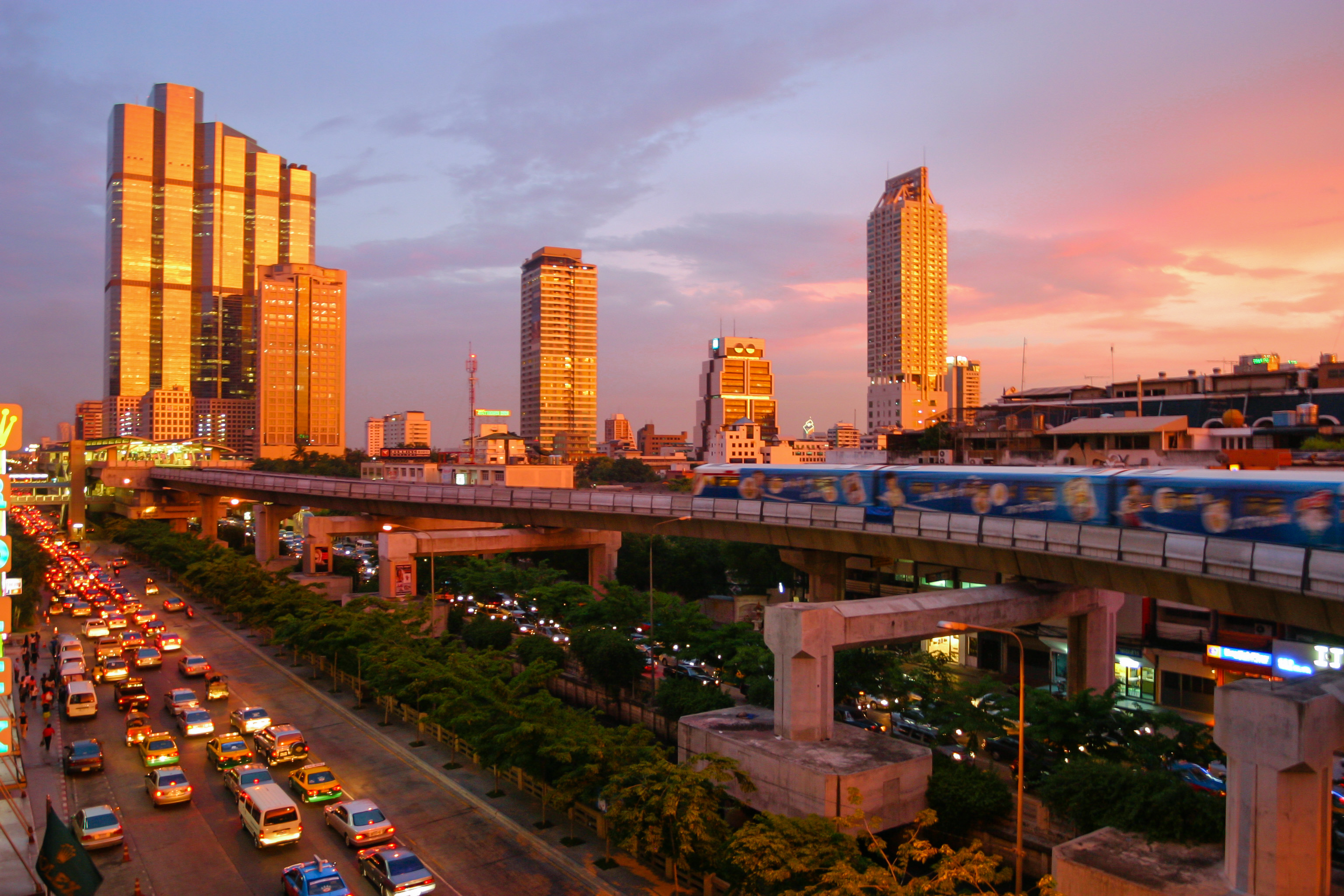
NEW DELHI: Nirmala Sitharaman, Minister of Finance, Government of India announced the Union Budget 2022-23 on Tuesday, February 1. The budget included specs of how India is on the path of building an inclusive master plan which would revamp the growth of nation’s urban development.
Amrit Kaal
Prime Minister Narender Modi in his Independence Day speech addressed the central government’s vision for the next 25 years as India approaches 100 years of independence. Sitharaman elaborated that the government hopes to accomplish the vision by:
- Promoting digital economy & fintech, technology-enabled development, energy transformation, and climate action.
- Relying on a virtuous cycle that starts with private investment and ends with public capital investment assisting to crowd-in private investment.
- The Budget 2022 included a blueprint of how the works in Amrit Kaal will proceed. This futuristic and inclusive plan will be guided by PM Gati Shakti and benefit youth, women, farmers and invite public investments for advanced infrastructure.
- The Amrit Kaal will witness the next phase of Ease of Doing Business 2.0 and Ease of Living will be launched. In this phase, the manual processes and interventions will be digitalised and different governmental tiers will be integrated through IT bridges. Government of India will also encourage the involvement of citizens and businesses by crowdsourcing suggestions.
Enhanced connectivity and urban mobility
- To enable the speedy flow of mobility and commodities, the PM Gati Shakti Master Plan for Expressways will be developed in 2022-23. In 2022-23, the National Highways network will be extended by 25,000 kilometres. To supplement public resources, a total of Rs 20,000 crores will be raised through innovative financing methods.
- Striving for ecologically sustainable alternatives for transportation in hilly areas, the National Ropeways Development Programme will be implemented. The objective would be to enhance the convenience of commuters and promote tourism.
Capacity building and skill development
- Skilling programmes and industry partnerships will be reoriented to promote ongoing skilling, sustainability, and employability. The National Skill Qualification Framework (NSQF) will be updated to meet the changing needs of businesses. The DESH-Stack e-portal, a digital ecosystem for skilling and livelihood, will be established. Through online instruction, residents will be able to skill up, reskill, or upskill. It will also offer API-based trustworthy skill certifications, payment, and discovery layers to help people locate appropriate employment and start businesses.
- Startups will be encouraged to help ‘Drone Shakti’ through a variety of applications and Drone-as-a-Service (DrAAS).
Upgraded education quality
The pandemic forced the children, mostly in government schools, to lose out on almost 2 years of formal education. To provide supplementary education in regional languages for classes 1-12, the ‘one class-one TV channel’ programme of PM eVIDYA will be expanded from 12 to 200 TV channels. Sitharaman also stated that the Government of India will be set up 750 virtual labs in science and mathematics, 75 skilling e-labs to promote critical thinking skills in vocational courses.
Gender inclusivity
- Mission Shakti, Mission Vatsalya, Saksham Anganwadi, and Poshan 2.0 are the initiatives that were introduced to give integrated benefits to women and children. Saksham Anganwadis are a new generation of anganwadis with upgraded infrastructure and audio-visual aids, as well as being powered by renewable energy and offering a better environment for early childhood development. Under the scheme, two lakh anganwadis will be refurbished.
The Har Ghar, Nal Se Jal scheme will receive Rs 60,000 crore in funding, with the goal of reaching 3.8 crore households by 2022-23.
Housing for all
In 2022-23, 80 lakh dwellings would be built for the PM Awas Yojana’s identified eligible participants, both rural and urban. A total of Rs 48,000 crore has been set aside for this purpose.
Expanding city horizons
Sitharaman forecasted that over half of the population would be inhabiting the urban landscape. She emphasised that an orderly urban development is critical to actualising India’s economic potential. “There is a need to reimagine the cities that centre sustainable living with equal opportunities for the demographic dividend,” she stated.
- States will be given assistance in improving urban capability. Building bylaws will be updated, as well as Town Planning Schemes (TPS) and Transit-Oriented Development (TOD). This will make it easier for people to live and work near public transportation.
- Up to five existing academic institutions in different regions will be designated as centres of excellence to develop India’s specific knowledge in urban planning and design and to deliver certified training in these areas. Endowment funding of Rs 250 crore would be allocated to each of these centres.

